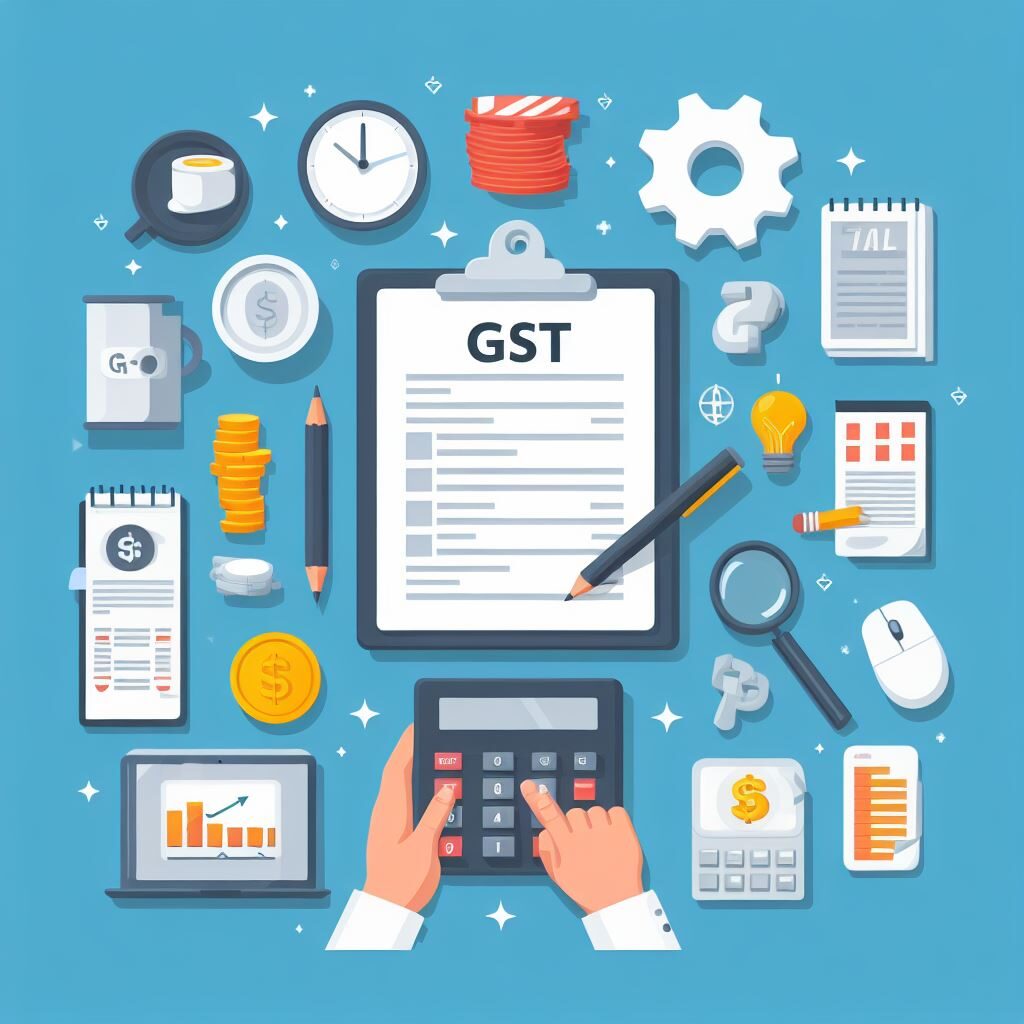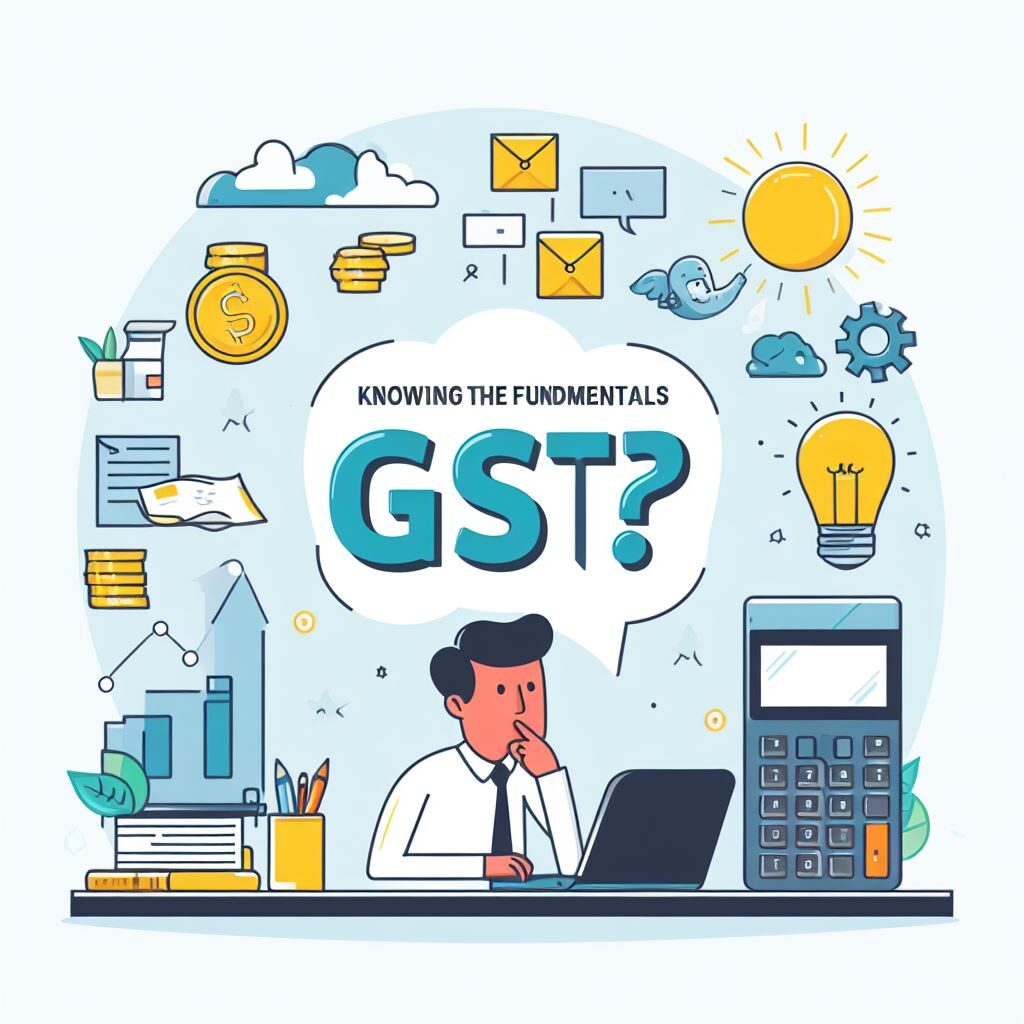
Introduction:
Anyone interested in today’s changing economy, including taxpayers and company owners, needs to understand the Goods and Services Tax (GST). Many nations throughout the world have embraced the revolutionary GST tax system. This blog will help you easily traverse the world of Goods and Services Tax (GST) by examining its history, structure, advantages, and difficulties.
The Goods and Services Tax (GST) is a comprehensive indirect tax in India that went into effect on July 1, 2017. Goods and Services Tax (GST) has largely replaced a number of indirect taxes collected by both the federal and state governments. GST was designed to streamline the taxes system and make compliance easier for businesses throughout the country.
GST is a destination-based tax, which means it is collected at the place of final consumption rather than the site of origin. GST is made up of three parts: the Central Goods and Services Tax (CGST), the State Goods and Services Tax (SGST), and the Integrated Goods and Services Tax (IGST). The national and state governments levy CGST and SGST on intra-state transactions, respectively. Inter-state transactions are subject to IGST.
GST has four tax brackets: 5%, 12%, 18%, and 28%. Some things, such as necessities, are taxed at 0%, while others, such as luxury automobiles and tobacco products, are taxed at 28%. GST has simplified business compliance by creating a single return filing system, decreasing the amount of paperwork that firms must file. By creating a single market and reducing the cascading impact of taxes, GST has also made it easier to do business across state lines.
Knowing the Fundamentals: What is Goods and Services Tax (GST)?

The value-added tax system known as Goods and Services Tax (GST), or the abbreviation for “Goods and Services Tax,” has changed how governments and companies raise money. It has become a crucial tool for updating tax laws, streamlining taxation, and fostering economic expansion. Let’s examine the GST’s many aspects in more detail.
A Snippet of GST History:
Despite its early 20th-century inception, the GST concept didn’t get widespread recognition until the latter part of the century. Among the first countries to implement a system similar to the GST was France in 1954. Since then, several nations have adopted a similar strategy after seeing the effectiveness and fairness it adds to the tax system.
In India, the introduction of GST in July 2017 signaled a significant change in the tax structure of the nation. This unified tax system, which replaced a complicated network of indirect taxes, was designed to establish a single, coherent market.
The GST Organization:
The GST taxes the value added at each stage of production or service delivery, which is a straightforward but effective operating principle. GST guarantees that the only person who pays taxes is the ultimate customer, in contrast to traditional tax systems where taxes are collected at many points.
Typically, GST is composed of three primary parts:
- Central GST (CGST): Collected by the central government.
- State GST (SGST): Collected by the state governments.
- Integrated GST (IGST): collected by the federal government through a levy on interstate commerce.
This structure ensures a unified and consistent tax system.
Benefits of GST
There are many advantages to the introduction of GST:
- Simplified Taxation: GST reduces the cascading effect of taxes and does away with the necessity for multiple tax registrations, simplifying the tax structure.
- Economic Growth: The GST fosters commerce and investment while lowering tax barriers, which results in economic growth.
- Compliance and Transparency: The digital form of GST promotes compliance and fosters transparency among enterprises.
- Reduced Tax Evasion: The GST decreases tax evasion by fostering greater accountability and a paperless audit trail.
Problems with GST:
While GST has several benefits, there are some drawbacks as well:
- Initial Implementation Obstacles: For enterprises, adjusting to the GST regime can be difficult, which might cause teething issues in the beginning.
- Complex Compliance: Small and medium-sized firms, in particular, may find it challenging to comply with GST laws.
- Rate Rationalization: Allocating tax rates fairly among various sectors of the economy and goods can be a difficult matter.
- Technology Infrastructure: A strong technology infrastructure is essential for the effective application of the GST; however, it can be difficult in some areas.
Visit Our Website for More!


